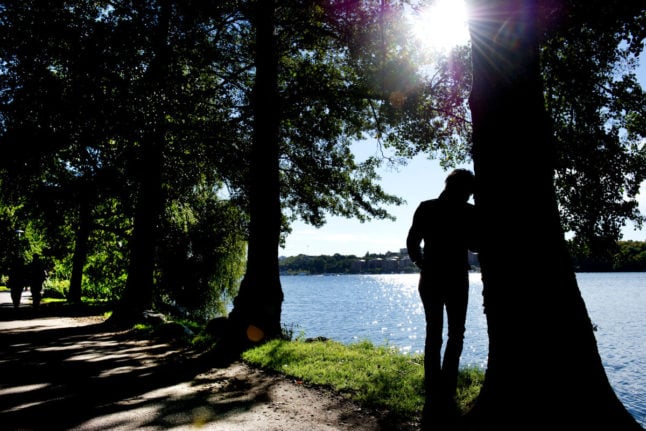Despite the median value of the economic standard of Swedish households increasing by 5 percent between 2021 and 2022, high inflation – an annual average of 8.4 percent – meant that incomes fell in real terms, once figures for previous years were converted to 2022 prices.
This is the first time economic standards have fallen in almost 30 years, according to Statistics Sweden.
“A reduction in the economic standard has not occurred since the economic crisis of the mid-1990s,” it wrote.
In order to calculate economic standards, the disposable income of a household is looked at in relation to the number of adults and children in the household, Statistics Sweden explains.
Disposable income here is the sum of all taxable and non-taxable income, minus tax and other “negative transfers”, such as repayments on student loans.
Despite economic standards dropping in 2022, the number of people classified as having a low economic standard – less than 60 percent of the total median value – also dropped to 13.6 percent from 14.7 percent.
Essentially, this means that the number of people with an income significantly lower than the median has decreased since 2021, showing that people with the lowest incomes have seen their incomes drop by less than those earning more.
The number of people with a low income standard – an absolute measure of poverty which maps to what extent household incomes can cover essential costs like food, property, childcare and local travel – remained unchanged in 2022, with 4.6 percent of the population, or around 470,000 people, falling into this category.
What about income inequality?
Figures on income inequality vary depending on the type of income measured. Income inequality is measured using the Gini coefficient, which produces a result between 0 and 1, where 1 represents one individual holding all the income while 0 represents everyone in a country having the same income.
For Sweden, the Gini coefficient for income excluding capital gains, but including other types of capital income like dividends and interests, increased in 2022 from 0.285 to 0.288, making it the highest since records began in 1975. Statistics Sweden puts this increase down to a continued increase in dividends.
However, the Gini coefficient for the economic standard including capital gains decreased from 0.333 to 0.324 meaning income was more evenly distributed.



 Please whitelist us to continue reading.
Please whitelist us to continue reading.
Member comments